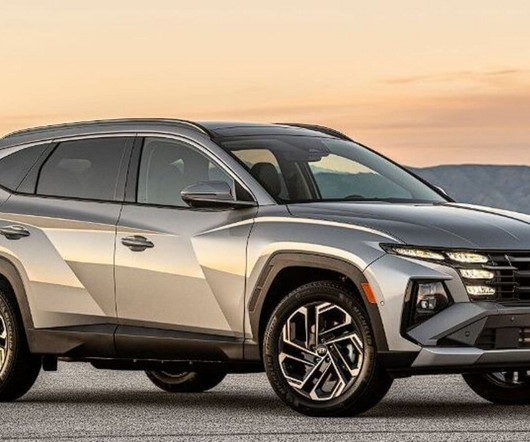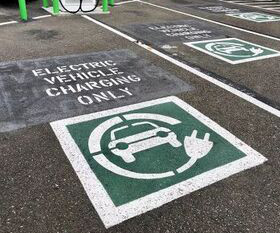How Lindstrom is making EV cell manufacturing safer via its workwear | Autocar Professional
Baua Electric
MARCH 28, 2024
Picture this: Workers clad in standard-issue workwear, step onto the factory floor involved in cell manufacturing for electric vehicles (EVs). Recycling polyester requires significantly less energy compared to the production of virgin polyester, and blending 35% cotton with recycled polyester mitigates the overall water footprint, they added.
















Let's personalize your content